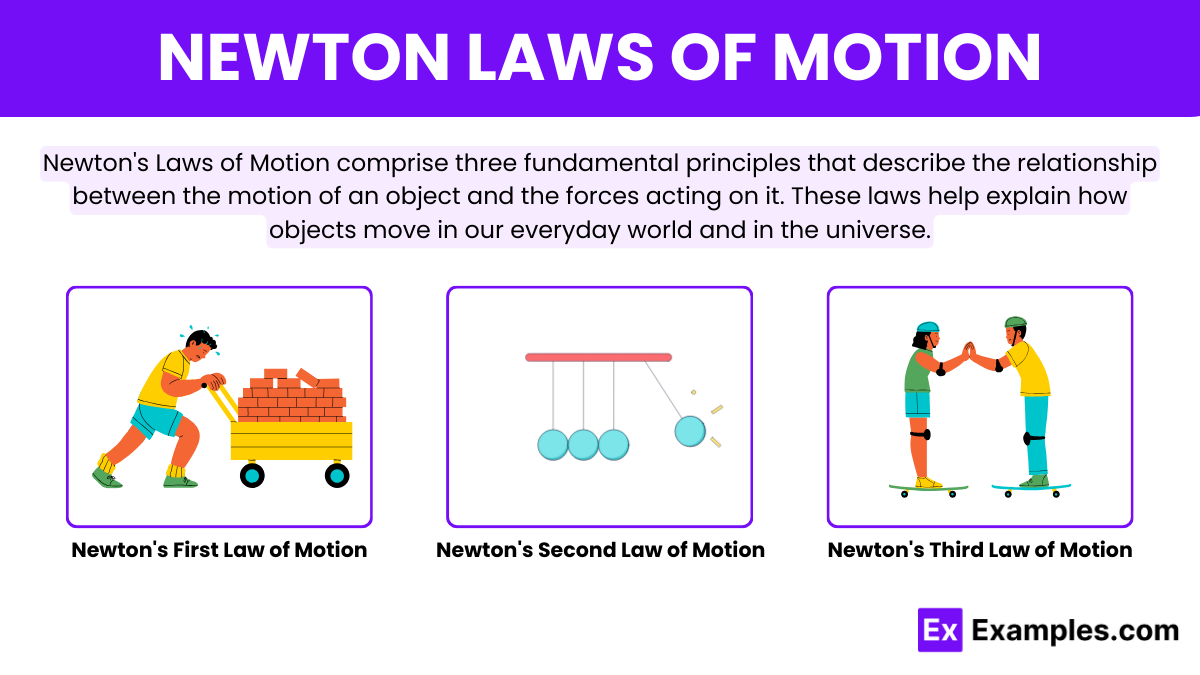Which of the following statements best describes Newton\'s First Law of Motion?
An object at rest stays at rest, and an object in motion stays in motion unless acted upon by an external force.
The force on an object is equal to its mass times its acceleration.
For every action, there is an equal and opposite reaction.
The acceleration of an object is directly proportional to the net force acting on it.



